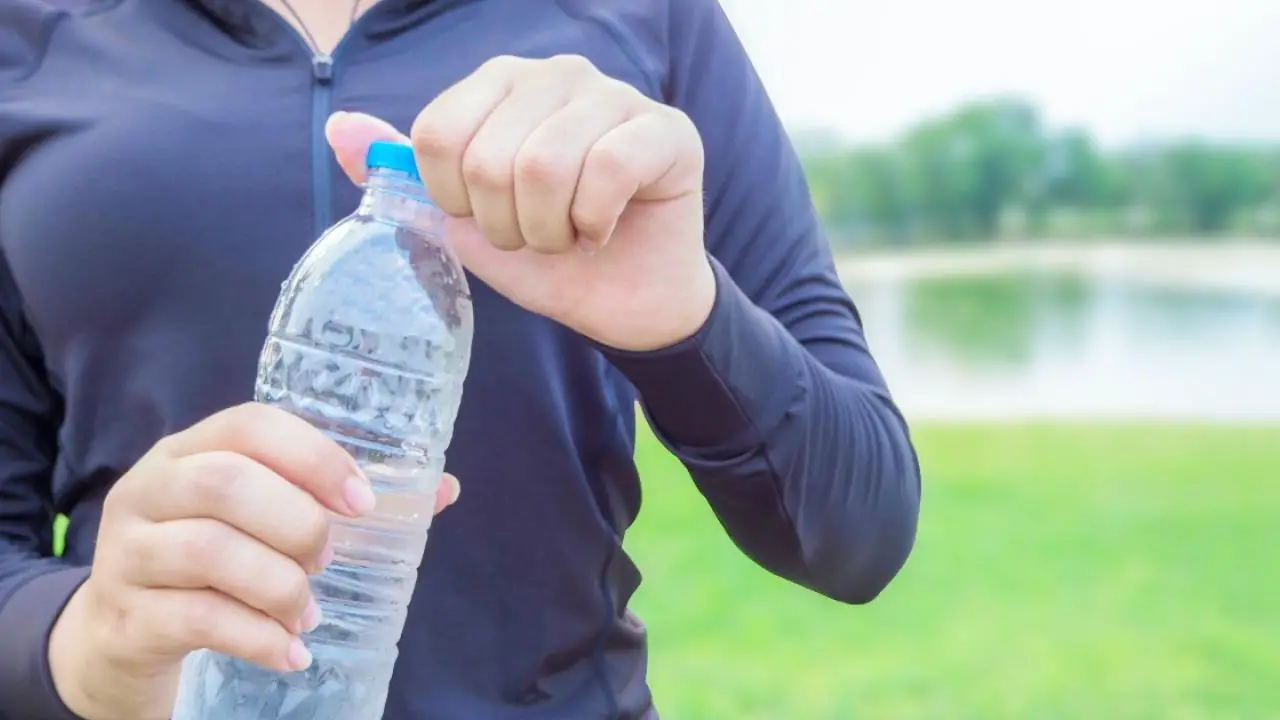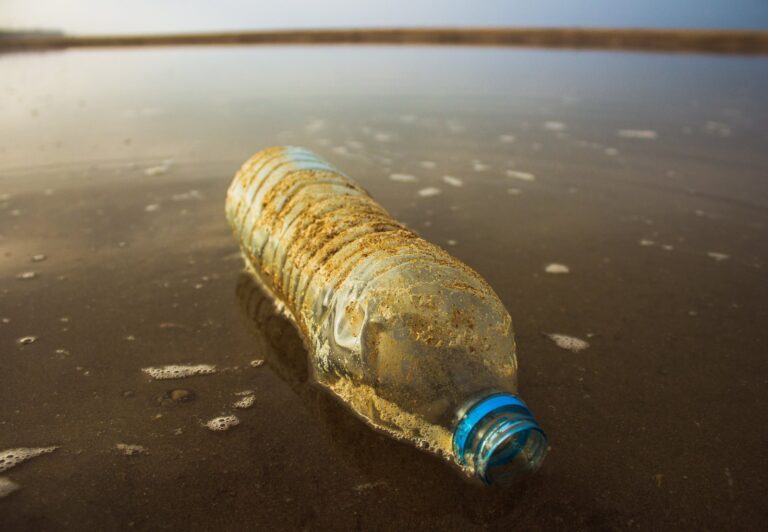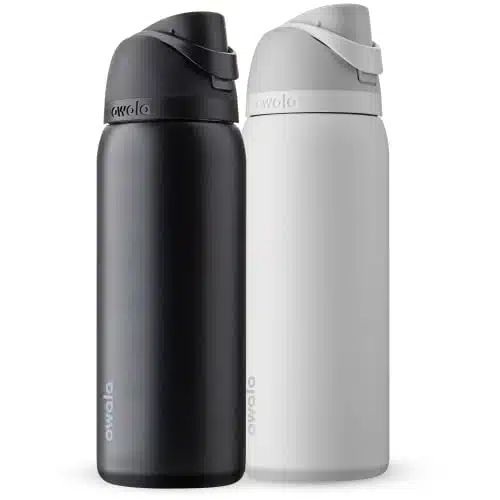Plastic water bottles have become a ubiquitous part of modern life, with millions of people around the world using them every day. While they are convenient and affordable, there is growing concern about the impact they may be having on human health. This article will explore the ways in which plastic water bottles affect humans, from the potential health risks associated with the chemicals used in their production to the environmental impact of their disposal.
One of the primary concerns about plastic water bottles is the chemicals they contain. Many plastic bottles are made from polyethylene terephthalate (PET), which has been shown to release chemicals such as antimony and phthalates into the water over time. These chemicals have been linked to a range of health problems, including cancer, reproductive issues, and developmental delays in children. While the levels of these chemicals in bottled water are generally considered safe, there is still concern about the long-term health effects of regular exposure.

In addition to the potential health risks associated with plastic water bottles, there is also growing concern about their impact on the environment. Plastic bottles are a major contributor to the global plastic waste crisis, with millions of them ending up in landfills and oceans every year. This not only harms wildlife and ecosystems, but also poses a risk to human health, as plastic waste can release harmful chemicals into the environment over time. As such, it is important to consider the impact of plastic water bottles on both human health and the environment when making decisions about their use.
Health Risks Associated with Plastic Water Bottles
Plastic water bottles are a common sight in modern life, but they may pose several health risks to humans. Here are two significant health risks associated with plastic water bottles:
Chemical Leaching and Endocrine Disruption
Plastic water bottles contain chemicals like bisphenol A (BPA), phthalates, and antimony, which can leach into the water over time. These chemicals can disrupt the endocrine system, which regulates hormones in the body. Exposure to these chemicals can lead to health problems such as reproductive issues, developmental problems, and cancer.
To reduce the risk of chemical leaching, it is recommended to avoid reusing plastic water bottles and to opt for BPA-free bottles. It is also essential to store plastic water bottles in a cool place and avoid exposing them to high temperatures.
Microplastics Ingestion
Microplastics are tiny plastic particles that are less than five millimeters in size. They can be found in plastic water bottles, and when ingested, they can accumulate in the body and cause harm. Microplastics can interfere with the digestive system, leading to inflammation, and can also harm the immune system.
To minimize the risk of microplastics ingestion, it is recommended to avoid drinking from plastic water bottles and opt for glass or stainless steel bottles instead. Additionally, it is essential to dispose of plastic water bottles properly to prevent them from entering the environment and contaminating water sources.
In conclusion, plastic water bottles can pose significant health risks to humans. By being aware of these risks and taking steps to reduce exposure, individuals can protect their health and the environment.
Environmental Impact of Plastic Bottles
Plastic water bottles have become a ubiquitous part of modern life, but their impact on the environment is significant. The production, transportation, and disposal of plastic bottles have negative effects on the environment and, in turn, on human health. This section will explore the environmental impact of plastic bottles, including their contribution to pollution and wildlife endangerment.
Contribution to Pollution
Plastic bottles are a major contributor to pollution. They are made from non-biodegradable materials that persist in the environment for hundreds of years. When plastic bottles are not recycled, they end up in landfills, where they can take up to 1,000 years to decompose. As they decompose, they release toxic chemicals into the environment, contaminating soil and water sources.
Plastic bottles that are not properly disposed of can also end up in oceans and other bodies of water, where they pose a serious threat to marine life. Animals can become entangled in plastic or mistake it for food, leading to injury or death. The plastic also breaks down into microplastics, which can be ingested by marine life and ultimately end up in the human food chain.
Wildlife Endangerment
The impact of plastic bottles on wildlife is significant. The production of plastic bottles requires the extraction of oil and natural gas, which can lead to habitat destruction and the displacement of wildlife. When plastic bottles are not properly disposed of, they can also become a physical hazard to wildlife. Animals can become entangled in plastic or mistake it for food, leading to injury or death.
Plastic bottles also contribute to the pollution of water sources, which can have negative effects on wildlife. When plastic bottles end up in oceans and other bodies of water, they release toxic chemicals into the environment, contaminating the water and harming marine life. This can lead to the disruption of entire ecosystems, which can have far-reaching effects on both wildlife and humans.
In conclusion, plastic bottles have a significant impact on the environment and the wildlife that inhabits it. It is important to properly dispose of plastic bottles and to reduce their use whenever possible to minimize their negative effects on the environment and human health.
Plastic Bottle Manufacturing and Human Health
Emissions and Air Quality
The production of plastic water bottles involves the emission of harmful pollutants into the air. These pollutants include volatile organic compounds (VOCs), which can cause respiratory problems, and greenhouse gases, which contribute to climate change. The manufacturing process also generates a significant amount of waste, which can further harm the environment and human health.
Studies have shown that communities located near plastic bottle manufacturing facilities are at a higher risk of respiratory illnesses, such as asthma and bronchitis, due to the release of these pollutants into the air. The emissions from these facilities can also contribute to the formation of smog, which can worsen respiratory problems and cause other health issues.
Occupational Hazards
The production of plastic water bottles also poses a risk to the health and safety of workers in the manufacturing facilities. Workers may be exposed to hazardous chemicals during the manufacturing process, which can cause long-term health problems such as cancer and neurological disorders.
In addition, workers may be at risk of physical injuries due to the machinery used in the manufacturing process. These injuries can range from minor cuts and bruises to more serious injuries such as amputations and even death.
Overall, the manufacturing of plastic water bottles has negative impacts on both the environment and human health. It is important for individuals and companies to consider alternative options, such as reusable water bottles, to reduce the negative effects of plastic bottle production.
Regulatory Standards for Plastic Water Bottles
International Guidelines
The World Health Organization (WHO) has set guidelines for the safe use of plastic materials in food packaging. These guidelines are based on the acceptable daily intake (ADI) of the chemicals that may migrate from the plastic into the food or drink. The ADI is the amount of a chemical that can be consumed daily over a lifetime without any appreciable risk to health.
The European Union has also established regulations for plastic materials in contact with food. These regulations limit the amount of certain chemicals that can migrate from the plastic into the food or drink.
National Safety Protocols
In the United States, the Food and Drug Administration (FDA) regulates the safety of plastic materials in contact with food. The FDA has established regulations that limit the amount of certain chemicals that can migrate from the plastic into the food or drink.
In addition, the Environmental Protection Agency (EPA) has established standards for the levels of certain chemicals that can be present in drinking water. These standards apply to all sources of drinking water, including bottled water.
Overall, regulatory standards for plastic water bottles aim to ensure that the chemicals used in the production of these bottles do not pose a significant risk to human health. However, it is important to note that these standards are based on current scientific knowledge and may change as new information becomes available.
Consumer Choices and Health Implications
Plastic water bottles have become a ubiquitous part of modern life. They are convenient and easily accessible, but their impact on human health is a growing concern. The following sections explore some of the ways in which consumer choices can affect health and the alternatives available to reduce plastic water bottle usage.
Alternatives to Plastic Water Bottles
There are many alternatives to plastic water bottles that can reduce the risk of harmful health effects. Some of these alternatives include:
- Reusable water bottles made from materials such as stainless steel, glass, or BPA-free plastic
- Water filtration systems that can provide clean drinking water at home or in public places
- Refillable water stations that can be found in many public spaces such as airports, parks, and universities
By choosing these alternatives, consumers can reduce their exposure to harmful chemicals and reduce their environmental impact.
Public Awareness and Education
Public awareness and education are essential to reducing the use of plastic water bottles and promoting healthier alternatives. Governments and organizations can play a crucial role in educating the public about the risks associated with plastic water bottles and the benefits of alternative solutions.
Some of the ways in which public awareness and education can be promoted include:
- Providing information about the risks associated with plastic water bottles through public health campaigns and educational programs
- Encouraging businesses to provide refillable water stations and reusable water bottles to employees and customers
- Implementing policies that ban the use of plastic water bottles in public spaces such as parks and government buildings
By increasing public awareness and education, consumers can make informed choices about their drinking water and reduce their exposure to harmful chemicals.




